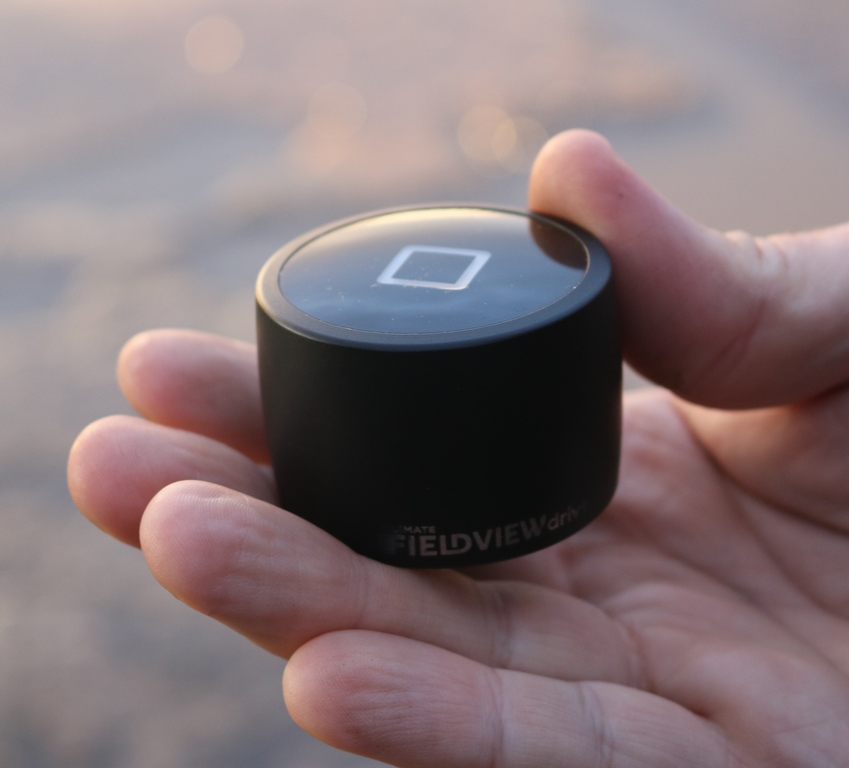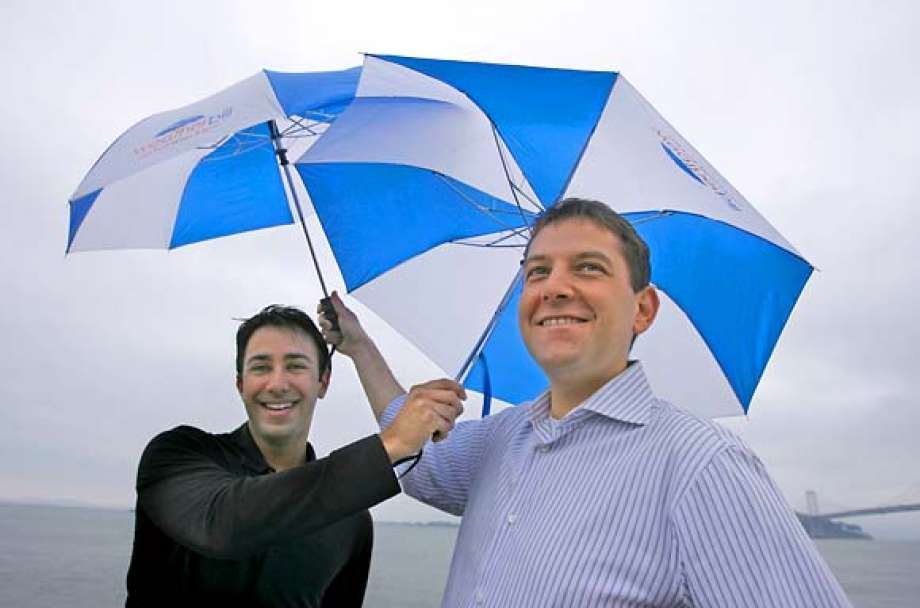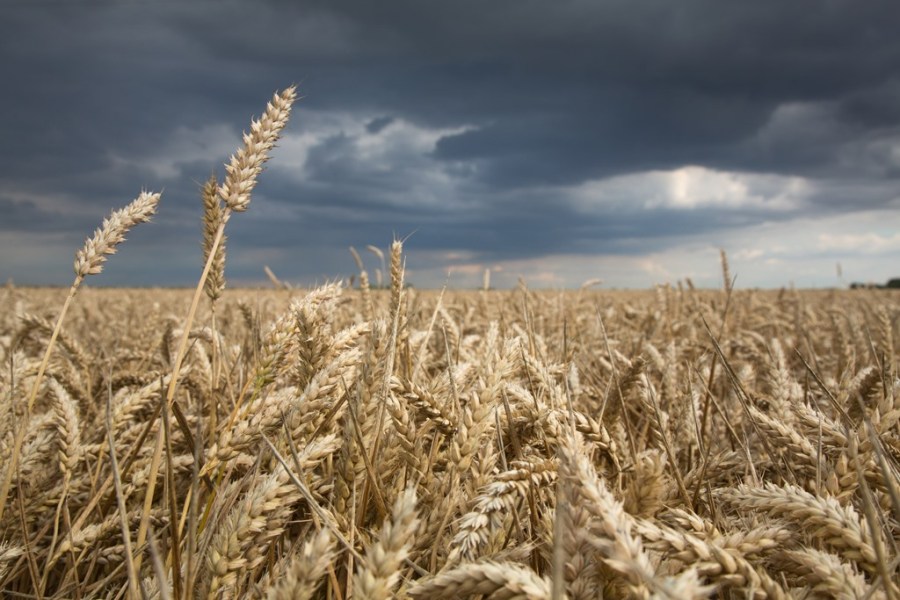The Climate Corporation’s FieldView has brought a remarkable level of precision to US maize growers, but will it do so here in the UK? CPM visits an early user to get an insight.
What I really like about this is that I get access in real time to the harvesting operation.
By Tom Allen-Stevens
Arriving at the Down Ampney Estate near Cirencester, Glos, in the pummelling winter rain, you pass sodden, puddled fields of Cotswold brash, supporting the odd, sad-looking volunteer and precious little planted wheat. How valuable would a system be that gathered reams of relevant data from the world’s weather patterns, and gave you an accurate recommendation on when to plant those fields and with what?
Kieran Walsh, agronomist with Velcourt, has been trialling a system that may be able to do exactly that. For the past season he’s been using Climate FieldView, a digital farming package currently used mainly across North and South America. Pioneered by The Climate Corporation (see below), the company is now a wholly owned subsidiary of Bayer. So joining him to find out how he’s got on are Michael Muncey, Bayer’s head of UK and Ireland operations, and south west agronomy manager Rosalind Martin.
“I stumbled across FieldView a few years ago, so when it became part of Bayer I got in touch with Rosalind who set me up with what I needed to try out the system,” recalls Kieran. “It’s our long-term goal to streamline how we use precision farming in UK agriculture – it must be time efficient and provide value. A lot of platforms do a similar job to FieldView, but this narrows it down and makes the technology very easy to use and to derive a benefit from.”
FieldView is a piece of software that sits as an app on your smartphone, tablet or desktop PC and gathers data about the crop in your field. Its functionality in the UK is still somewhat limited as it’s a product geared mainly for the corn-growing belt of the US. Kieran used it during 2019 mostly for drawing in data from the combine. But he points out there’s a user interface that clearly benefits from the hundreds of programmers at Climate, who over the past eight years have refined the software for its tens of thousands of farming customers around the world.
“It’s extremely easy to set up,” notes Kieran. “The farmer I worked with on this trial, Rory Clark of Holt Farm, Cirencester, is someone I knew wouldn’t want to suffer hours of downtime getting accustomed to a piece of software or setting it up on farm equipment. When it came to it, it took just a few minutes to set up the Drive unit and we were ready to go. What Rory says he likes about it most is that all members of the farm staff can use it without hours of training.”

The FieldView Drive plugs into a tractor or combine controller area network (CAN) diagnostic port.
Kieran’s talking about FieldView Drive – a rather clever bit of hardware that lies at the hub of the system. It’s a device that looks a little like a door knob that plugs into a tractor or combine controller area network (CAN) diagnostic port. Most modern tractors have one of these and the FieldView Drive uses it to draw in all manner of data from the machine – location, speed, and if it’s a combine, yield and grain moisture. This information is then transferred by Bluetooth to the app running on a tablet in the cab and displayed in real time on a map.
“The beauty of the system is that you’re not locked into a manufacturer’s license so it’s transferrable across tractor and combine brands, working with most well known makes,” he notes. “It recognised the New Holland combine instantly, knew what width the header was and when it was cutting. You still have to calibrate it to gather the correct yields, but you don’t even have to map the field boundaries – it does that for you.”
The data from the FieldView Drive is automatically synced with the FieldView account, stored in the Cloud, making it available for anyone to see who has the relevant permissions. “What I really like about this is that I get access in real time to the harvesting operation,” says Kieran.
“I was at a wedding in France when Rory contacted me – he wanted to know about certain areas across the farm, noting low and high-yielding patches in the wheat field he was harvesting. I could log on to see exactly where the combine was, but more importantly could see all the data the driver was seeing. It was mid-Aug and he wanted to turn straight round and drill it with oilseed rape so quick decisions were needed, and we could make those because I was also seeing the data live. In this case the issue was soil conditions.”
Although FieldView is still a beta product, not fully supported in the UK, Kieran found help was at hand through a responsive chat window within the software. Rosalind confirms there’s a strong support team in the US with a good technical understanding both of the software and of farming. “US farmers get extended support during harvest and planting and if you submit a question you’ll often get a response within 30 secs.”
So what about the crop-monitoring and recommendation elements of FieldView? These are the core parts of the US package – it harnesses the wealth of climate data it gathers, along with knowledge about your field, to produce Seed Scripts. These are custom planting plans that vary not only the rate across a field, but they can also switch between different hybrid maize varieties within a field, drawing on the knowledge Bayer has on its vast seed portfolio, as well as on other seed brands.
Customised fertility plans can also be created, and variable-rate maps for both seed and fertiliser can be exported, seamlessly to some platforms. It’s in this area, particularly Seed Scripts, and the new pre-commercial Seed Advisor, where FieldView is making a real difference for US growers, says Michael. “Where a Seed Advisor recommendation is followed, it results in an average 5% yield uplift in 75-80% of situations,” he reports.
Application plans and Seed Advisor aren’t yet available in the UK, but those trialling the FieldView Drive unit can plug it into the drilling tractor and it’ll generate as-applied seeding maps that can then be compared with harvest data within FieldView through a suite of data-analysis tools. Satellite imagery is also pulled in through the season and can help identify agronomic issues and prioritise crop-walking, explains Kieran.
“FieldView generates biomass maps like many other systems. However, what I haven’t seen before is a crop water usage tool – after much ground-truthing, we used it to tailor the final nitrogen dressing when the crop was looking a little drought stressed.”
But here in the UK, FieldView currently can’t be said to be delivering the level of integration US farmers benefit from. Despite The Climate Corporation’s expertise and track record in crunching weather data, Kieran admits the crop monitoring and forecasting tools are no more sophisticated than those you’d find in current UK systems, such as Rhiza, nor does it yet have the ability to pull in and utilise data from parallel platforms that you get with Omnia and MyFarm. Recommendations such as FieldView Seed Script simply don’t yet exist in the UK version of FieldView.
There’s also the question of data use. “There is a clear data-use policy,” says Michael. “The farmer owns the data, which includes all information FieldView has calculated, and gets to keep their data even if they stop using the software. That data is available to The Climate Corporation and it’s used to refine the algorithms – this step has been essential to allow FieldView to bring the level of functionality it now has for US growers and this will be a key part of building the European service.”
Kieran doesn’t see data use as an issue. “My client doesn’t have any problems with Bayer using their data, especially if it improves the service, and don’t see that it will be used to push product. As far as getting access myself to my data, I have far fewer problems with FieldView than I do with other platforms I’ve used.
“But my main plea to all software systems is to make them more open and share data between platforms freely and seamlessly – it’s a problem throughout the industry and I don’t see that FieldView is any more open than the rest,” he stresses.
“What I like, though, is the real-time information, ease of use and ability to make quick data-informed decisions. What I’m excited about is the prospect of using FieldView in the future to apply seed knowledge to the data it acquires. But we have much more variability in our climate and conditions here in the UK compared with the US, so it may not deliver quite the same level of service.”
Michael admits this will take time. “FieldView has been built primarily as an American product for maize. It works well in Ukraine, but further west into Europe, wheat becomes the dominant crop. Monsanto had always focused on variable seeding, based on the strength of its product portfolio, and this is also important for wheat. But a major priority for Bayer following the acquisition in 2018 of the company, is to allow growers to use FieldView to tailor fungicide programmes. These have a much greater role in terms of crop productivity in wheat in Europe than they do in maize.
“It will take a further two years to gather, validate and refine data, which is why we’re keen to get plenty of Drive units out onto European farms. But we’re also bringing our own proprietary data from all our field trials and products into the software. So while there’s already a good level of functionality, in the future UK growers can look forward to a very powerful tool in FieldView that will bring a remarkable level of precision and productivity.”
What is The Climate Corporation?

Siraj Khaliq (left) and David Friedberg transformed the weather business into a system driven solely by numbers. Photo: San Francisco Chronicle, Kurt Rogers.
In 2002, David Friedberg, a 22-year-old investment analyst, would pass the Bike Hut on the Embarcadero in San Francisco on his way to work each day. He was struck by the fact this business, renting out bicycles to tourists, totally relied on the weather – when it rained (which it often did), the owner didn’t even bother opening.
At that time, David was working at a young tech start-up called Google, on the team developing the financial models underpinning the company’s nascent AdWords. He discovered 70% of the world’s businesses are affected by the weather. So what if there was a service that analysed closely what it was predicted to do and sold insurance cover that paid out if bad weather happens? He teamed up with fellow Google employee Siraj Khaliq, a software engineer who pioneered the algorithms behind Google Books, and they launched WeatherBill in 2006.
What David and Siraj did was to transform the weather business, so long the province of guesswork and desire, into a system driven solely by numbers. In 2009, WeatherBill focused on farming, launching its first agricultural product, Total Weather Insurance, which allowed farmers to insure their crops against bad weather for around $40/acre (£75/ha). “More than half the farmers offered the product bought it,” boasted David in a presentation he gave two years later.
By 2011, the company had thousands of farming customers, hundreds of employees, a revenue of tens of millions of dollars every quarter and it changed its name to The Climate Corporation. Taking in 60 years of crop-yield statistics, historical weather information as well as daily scans by radar and satellite, Climate processes 50TB of data at any one time, and was once the world’s largest consumer of Amazon’s Cloud services.
The result is a remarkably accurate weather prediction, that can be tied to soil type and cropping information at a field or sub-field level, and this underpinned the insurance service. Although US farmers can participate in the Federal Crop Insurance program, underwritten by the US Department of Agriculture to the tune of as much as $14 billion/yr, this covers only 60% of the value of the crop and doesn’t incentivise a push for higher productivity. In June 2013, The Climate Corporation received approval to offer federal insurance as well.
But the company went a step further, developing an agronomy side. The results were Climate Basic and Climate Pro, rebranded in 2015 as Climate FieldView. Now the wealth of data at Climate’s disposal, as well as its machine-learning capability, were redirected to provide recommendations on when and what a farmer should grow for optimum returns. The attraction and synergy were just too much for Monsanto, which bought The Climate Corporation in late 2013 for $1.1 billion.
Although it remains a standalone subsidiary, The Climate Corporation merged with Monsanto’s Integrated Farming System and Precision Planting divisions the next year, bringing in other acquisitions to strengthen its agronomy and soil science. It then shed the crop insurance business in July 2015 to focus entirely on its digital agriculture platform.
Today, The Climate Corporation is a company of 700 employees, and Climate FieldView is currently used across 36M paid ha, mainly in North and South America. The Climate Corporation Europe has been set up, based in Basel, Switzerland, and for the past two years FieldView has been running on farms across 15 countries, with major focus on Ukraine, Romania, Italy, Spain and France. Last year was its first in the UK, with 10 FieldView Drive units, and a further two were in operation in the Nordics.
Join the FieldView Drive
Bayer and The Climate Corporation Europe plan to extend the trials programme for FieldView in 2020. The company’s looking for around 50 UK growers or agronomists, especially CPM readers, who’ll receive a free FieldView Drive unit, and a year’s free access to the software and tech support. Those interested should contact their local Bayer commercial technical manager.




